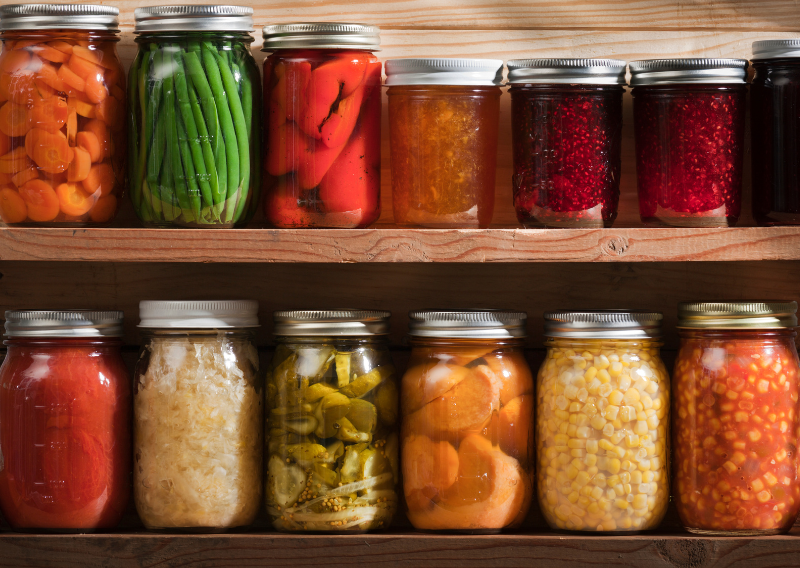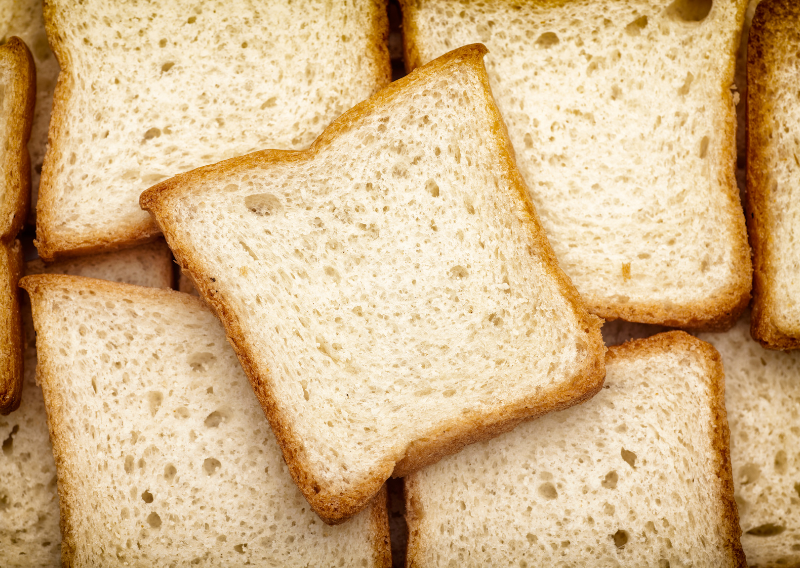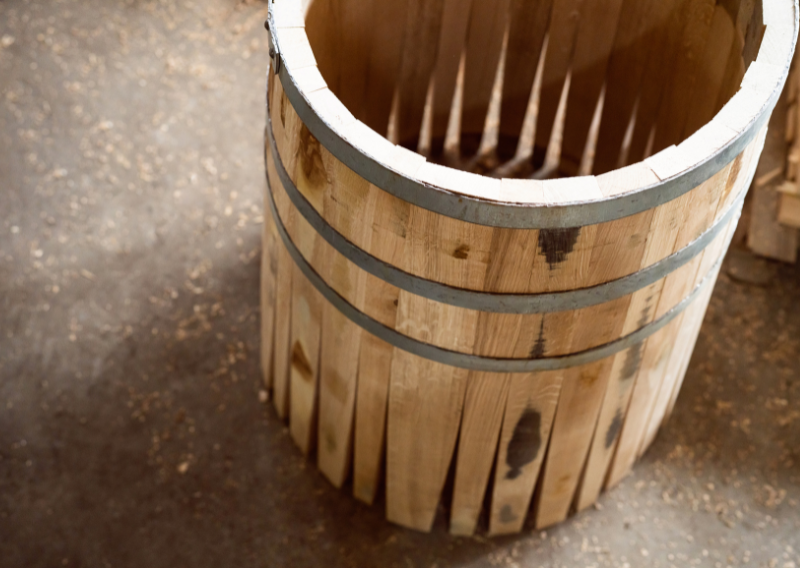
The Ultimate Guide to Transplanting: Tips, Tricks, and Creating Your Own DIY Transplant Soil Mix
All gardeners, whether they’re new to the hobby or have been doing it for years, need to learn how to transplant plants. If you have ever tried growing plants, you most likely already see the need for transplanting and how it could affect the state of your garden. Though it seems like a straightforward chore, moving plants from one location to another is really far more difficult than it seems. Your transplanting method will help decide whether your plants will struggle to adapt or flourish in their new surroundings. Knowing how to transplant effectively can make all the difference between a thriving garden and one that hardly holds on.
The point is, though, that it goes beyond simply excavating a hole and setting the plant in the ground. Particularly about the kind of soil you are utilizing, there is much more involved. Plants are picky about their soil, hence, the shock of being uprooted can cause stress. Using the correct type of soil mix will help to lower this stress and promote good development. This is why today I want to walk you through the subtleties of transplanting your plants will definitely appreciate. So let’s start right now and set your plants up for success without more delay!


What is Transplanting, and Why Do It?
Basically, transplanting is just the act of moving a plant from one place to another; nevertheless, there is much more to it than just excavating a plant and replacing it somewhere. Transplanting is essential for your plants to reach their best, whether you are moving a little seedling from a tray into your garden bed or a plant from a tiny pot to a larger one. Your plants need fresh nutrients, more room to flourish, and an overall healthier environment for their roots to thrive, hence, this process is absolutely vital. Plants can become stationary without transplanting; lack of room and nutrient depletion stunts their development.
Preventing plants from becoming root-bound is one of the primary reasons transplanting is so helpful. This occurs when the roots outgrow their container and begin to tangle or circle around themselves, therefore restricting their effective absorption of nutrients and water. Although on the surface a root-bound plant may seem robust, beneath it is struggling. Transplanting gives your plant the room it needs to spread out and keep developing, thereby avoiding the problems with packed roots. Moreover, transplanting guarantees that plants have enough access to nutrients, water, and appropriate air circulation—important elements in preserving a robust, normal development rate.
Transplanting, then, is about preparing the plant for success in its new surroundings rather than only about physically relocating it. Here is when a good soil mix’s value is most apparent. To promote good development following the relocation, the soil surrounding the roots must have the proper mix of nutrients, moisture, and aeration. A well-prepared transplant soil mix can make all the difference between a plant that recovers from shock of relocation and one that adjusts easily. Consider it as providing your plants with the ideal welcome space so they may start their new life in the best conditions.
DIY Transplant Soil Mix: Why It Matters
One of the most overlooked parts of transplanting is the soil. Sure, you can buy bags of potting soil from the store, but making your own transplant soil mix gives you more control over what your plants are growing in. Plus, it’s usually cheaper and better for the environment since you’re not relying on packaged products.
Your transplant soil needs to be rich in nutrients, have good drainage, and be light enough for roots to spread easily. Let’s break down a basic recipe for a DIY transplant soil mix.
DIY Transplant Soil Mix Recipe:
You’ll need:
- Compost (provides nutrients)
- Coconut coir or peat moss (helps with moisture retention)
- Perlite or sand (improves drainage)
- Garden soil (adds body to the mix)
- Worm castings or organic fertilizer (gives your plants an extra nutrient boost)
You’ll want to mix these ingredients in roughly equal parts, but feel free to adjust based on your plants’ needs. If you’re growing something that likes extra drainage, like succulents, add more perlite or sand. If moisture retention is key (like with tropical plants), bump up the coconut coir or peat moss.
By making your own mix, you can also skip the harsh chemicals and synthetic fertilizers that can come with store-bought soil. It’s all about giving your plants the best chance to grow naturally and healthily.
When is the Right Time to Transplant?
When it comes to transplanting, timing is really important; getting it exactly right will make all the difference in how well your plants adapt and flourish. Starting plants from seed, the best time to transfer them is when they have established at least two pairs of “true leaves.” These actual leaves are those that show up following the first set of tiny, spherical leaves—also called cotyledons—that first develop upon seed germination. The actual leaves indicate that the plant has matured sufficiently to start generating energy by photosynthesis, even while those first leaves help start the development of the plant. Usually strong enough to resist the strain of being relocated, the plant will have a higher chance of flourishing in its new environment at this point.
Regarding outdoor transplanting, the condition of the weather is also really crucial. Your plants cannot be thrown outside whenever you feel like it since, especially if they have been growing indoors or in a greenhouse, rapid exposure to outdoor elements can be rather shocking to them. Timing outdoor transplants properly involves waiting until the risk of frost has totally passed. Tender plants can be damaged and possibly killed even from a light cold. Pay also attention to overnight temperatures; indoor plants are not used to the cool evenings. It is advisable to wait until the evenings are regularly warm before bringing them outside.
Step-by-Step Guide to Transplanting
Okay, now that you know the when and why, let’s talk about the how.
- Prepare the new home: Before you even think about moving your plant, get the new pot or garden bed ready. Fill it with your DIY soil mix and make sure there’s proper drainage (you don’t want your plant sitting in water). Water the soil lightly to give it a nice, moist environment.
- Loosen up the plant: Gently tap the sides of the current container to loosen the roots. If the plant is stubborn, you might need to use your fingers to gently tease the roots free. Try to avoid pulling on the stem, as that can damage the plant.
- Plant at the right depth: When placing your plant into its new home, make sure it’s sitting at the same depth it was before. If you plant it too deep or too shallow, the plant could struggle to grow. For certain plants, like tomatoes, you can plant them deeper to encourage more root growth along the stem.
- Water thoroughly: After transplanting, give your plant a good soak to help it settle into its new home. This helps reduce transplant shock, which is basically the stress a plant goes through when moved. Adding a little organic fertilizer or root stimulator to the water can give your plant an extra boost.
Handling Transplant Shock
Some plants will still suffer from transplant shock even if you follow every stage exactly. Being moved naturally causes a reaction that can result in drooping, yellowing leaves, or perhaps slower development. Still, avoid panic; your plants can recover with some care.
Try to transplant late afternoon or on a cloudy day to reduce shock. This allows your plant time to adjust free from the pressure of strong sunshine. Try not to fertilize for one week or two after transplanting; keep the soil moist but not watery. Your plant must settle before you begin applying additional nutrients.
If your plants seem to be suffering with the change, you could consider covering them with a shade cloth or makeshift cover for a few days. This will enable them to gradually fit their new surroundings without becoming overwhelmed by direct sunlight.
Why Drainage is Key
I cannot stress enough how important appropriate drainage is during a transplanting operation. One of those things that may either help or ruin your plants’ chances of survival. Roots basically suffocate without oxygen; they require it to flourish. Should the soil be overly compacted or hold too much water, the roots get soggy and may rot or develop various fungal infections. Though more water is preferable, plants need a balance; too much water drowns them, and too little causes them to dry up. This is where appropriate drainage enters in, and why you should focus especially on the soil mix you are employing.
Including ingredients like perlite, sand, or coarse compost will help your homemade soil mix have better drainage. One volcanic glass that has been heated till it expands is perlite, which also helps produce air spaces in the soil by its lightweight construction. Healthy root development depends on oxygen getting to the roots, which these air spaces help to accomplish. Likewise, adding sand to your soil mix helps break up the texture, thereby keeping it from getting overly compacted; coarse compost offers organic matter that enhances both drainage and nutrient content. These little additions to your soil mix will greatly enhance the conditions for your plants, thereby guaranteeing that they have the water they require as well as the ventilation required for robust and healthy growth.
Make sure your container has enough drainage, especially if you are transplanting into a pot. Though it seems like a little feature, always look for drainage holes at the bottom of the pot. Water has nowhere to go without drainage holes; hence, it will gather at the bottom of the pot and cause the terrible root rot. For most plants, root rot is almost a death sentence; it’s aggravating since, with appropriate drainage, it is usually preventable. Relax if you have containers without built-in drainage. A few little holes on the bottom will let extra water escape really quickly. Before stuffing the container with soil, another method is to spread a layer of rocks or pebbles at the bottom. This forms a barrier whereby extra water can gather away from the roots, therefore lowering the chance of waterlogging.
Common Transplanting Mistakes (And How to Avoid Them)
Transplanting seems simple, but it’s easy to make mistakes if you’re not careful. Here are a few common pitfalls to watch out for:
- Not hardening off plants: If you’re moving plants from indoors to outdoors, you need to harden them off. This means gradually exposing them to the outdoor environment by placing them outside for a few hours a day, increasing the time each day for about a week.
- Overwatering after transplanting: Yes, your plants need water, but drowning them won’t help. Keep the soil moist but not soggy, and make sure your soil mix has good drainage.
- Transplanting too early or too late: Timing is everything. Move your plants too early, and they might not be ready to handle the change. Move them too late, and they could become root-bound or start to suffer from nutrient deficiencies.
Transplanting need not be frightening. Your plants will grow larger, stronger, and healthier with some forethought and care. And by creating your own do-it-yourself transplant soil mix, you are providing your plants with the best possible beginning in their new environment free from reliance on chemically loaded commercial items.
Whether you’re moving established plants into your garden or transplanting seedlings into larger pots, just keep an eye on them, make sure they have the correct soil mix, and treat them gently following the relocation. Not too far off, you will find vibrant, contented plants ready to flourish to their utmost.
Happy gardening!






















